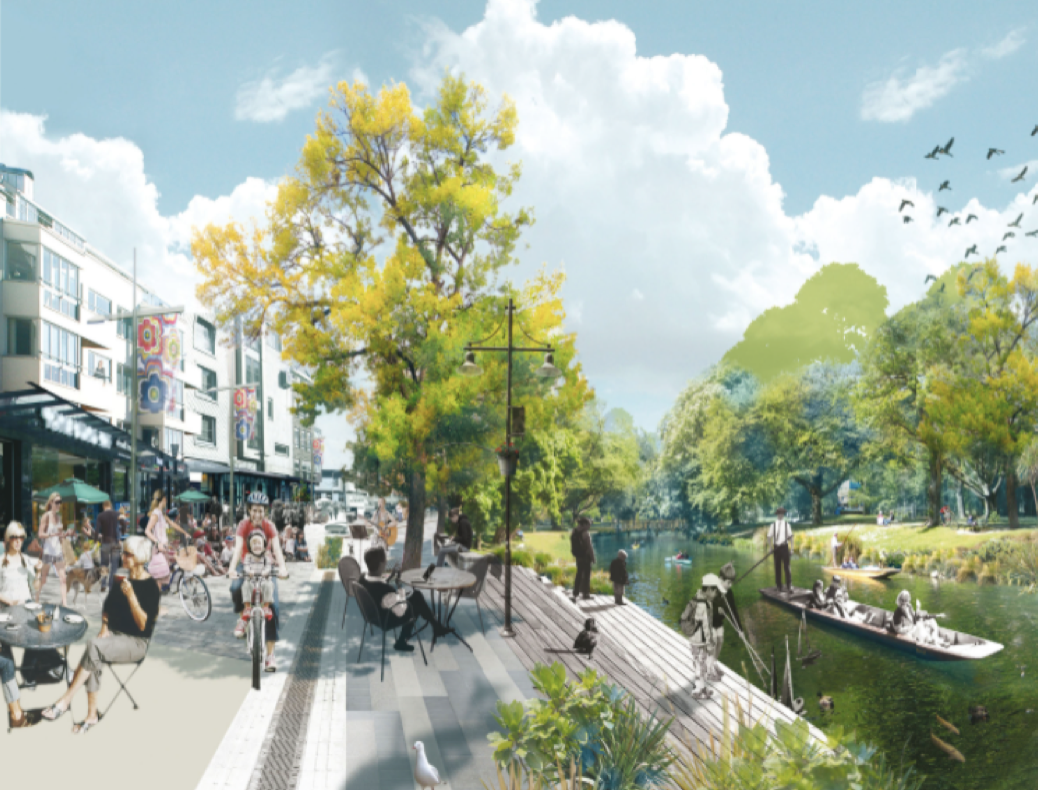How might members of DAASE help them sustain their quality of life?
We considered the many ways our members already help people secure their independence by creating safe, healthy environments. But we thought it would be just as important to also suggest simple changes – and recommend choices - that would be easy and cost effective for anyone to do.
• Changing knobs on doors to handles to make access easier
• Increasing light levels and reducing energy consumption by swapping out traditional light bulbs for bright and efficient LEDs
• Gaining additional width in doorways without changing the door frames by installing off-set door hinges which provide up to an additional 2” of door width between jambs
• Using paints and finishes that have little or no volatile organic compounds (VOCs) thereby creating environmentally healthy interior spaces
• Reducing indoor air pollution and the resulting allergic or asthmatic reactions to pollen, dust and smoke by installing “HEPA” air filters in air conditioning systems, keeping windows closed and choosing tile, stone or wood flooring over carpeting

The groups was then tasked how we might extend the benefits of universal and green design away the home and into our urban areas, …benefits that would help sustain the quality of life as we move thru the aging process.
It did not take very long for a list of ideals (and ideas) that would make the towns and cities we live in safe, secure, healthy, accessible to all no matter age or ability and a great way to stay in place in a town or city of your choosing.
• There would be well marked and well lit, fully paved sidewalks that extend from neighborhood to neighborhood to encourage social interaction between residents; and from neighborhoods to areas of commerce, retail, medical services and transportation.
• There would be open green spaces positioned between areas of high density housing to serve as places to meet and mingle. And not just basic parks but landscaped gardens that create “outdoor rooms” for residents to enjoy and commune with others. Community vegetable gardens, many with raised planter beds, would provide fresh, home-grown foods, irrigated with recycled or with “gray” water systems.
• There would be signage to help residents navigate less frequented areas that would be distinct, clear and quite visible. Way-finding is an important design element that can encourage people to get out and use the areas but is frequently overlooked or under-budgeted.
• There would be transportation hubs at the center of communities that reach out to the neighborhoods and network them together. And not just the mass transit-style of transportation that takes years and billions to construct. There would be well designed attractive bicycle racks and charging stations for smaller electric vehicles.
• Building codes would encourage “visitability” in the neighborhoods and require at least some homes have one clear, uninterrupted path from the street to the front door, a level or no-step entry into the home, an accessible bath on the first level along and wider doors and halls.
• Create venues, plan programs, and develop spaces that bring together people of all ages and backgrounds. Successful social integration is one of the most important aspects of a community.
Our DAASE members are always thinking of new ways and contemplating innovations that help people sustain their own independence…. something that will be important to everyone at some stage of their lives. But we should also be contemplating –and advocating- how to make our towns and cities just as “accessible” and just as “green” as possible.
We don’t have all the ideas however in our discussions we think we got a good handle on the task at hand. So if you have an idea or a thought, we welcome and encourage you to make a comment.

 RSS Feed
RSS Feed